With the popularity of the 2-5-1 progression, there are obviously many,many variations of it.
There are so many variations that I’m including four lessons focusing on 2-5-1 substitutions.
Let’s start with an easy way to embellish this progression here in Part 1.
By applying a substitution for the “5” chord we get the first variation. The chord will be a Db7 making this a Tritone Substitution.
The name comes from the flat 5 interval it’s built from. A diminished 5th (flat 5) interval from the G is a Db. A Db7 or Dbmaj7 can be used.
You can also use any extension you want to make the harmony more rich sounding.
Ex.1
Dm7 Db7 Cmaj7 E|------------------------------| B|---6----------6----------5----| G|---5----------4----------4----| D|---7----------6----------5----| A|---5----------4----------3----| E|------------------------------|
Even though the Db7 is being used to resolve down a half step to the Cmajor7 you can also isolate the chord and view it as a “5” chord in Gb major.
By looking at the chord in this manner we can place a “2” chord in front of it creating a sub 2-5 with the 5 here obviously being treated as a Tritone substitution to resolve to the 1 chord (Cmajor7). Now we have an Abm7 and Db7 to create more harmonic motion.
Ex.2
Dm7 Abm7 Db7 Cmaj7 E|-------------------------------------------| B|---6----------8----------6-----------5-----| G|---5----------4----------4-----------4-----| D|---7----------4----------6-----------5-----| A|---5---------------------4-----------3-----| E|--------------4----------------------------|
Want To Learn More …
L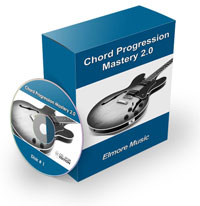 earning guitar chord progressions is one of the most frustrating times for guitarists.
earning guitar chord progressions is one of the most frustrating times for guitarists.
Your fingers are new to the fretboard and the strings, just getting the correct fingers into the correct position can be a chore.
I can assure you all the effort, cursing and determination is worth it because chord progressions are one of the most important aspects of guitar playing.
Almost every piece of music ever written works by organizing chords into groups called chord progressions. Chord progressions are the basis of playing guitar. They set a basic foundation of rhythm.
Sounds quite complex and difficult just to begin with and you haven’t even started learning it yet.
With the right guidance you can make chord progressions fun, easy and improve your playing all at the same time.

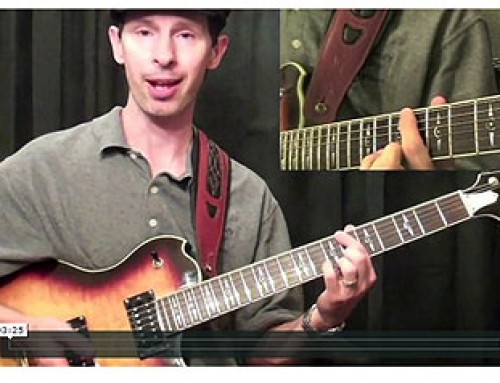
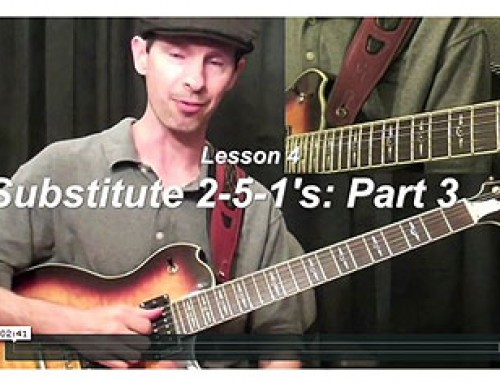
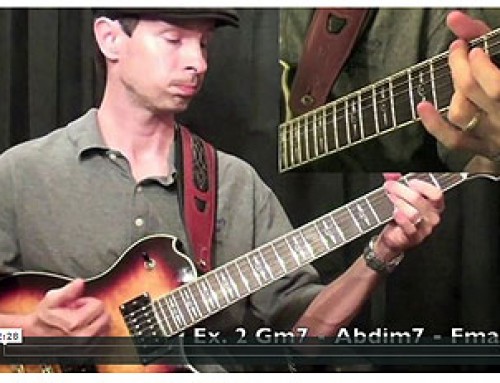
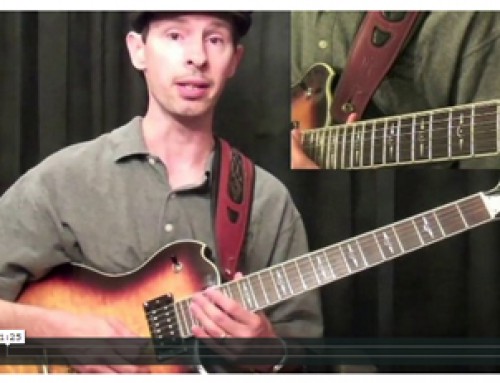
Leave A Comment